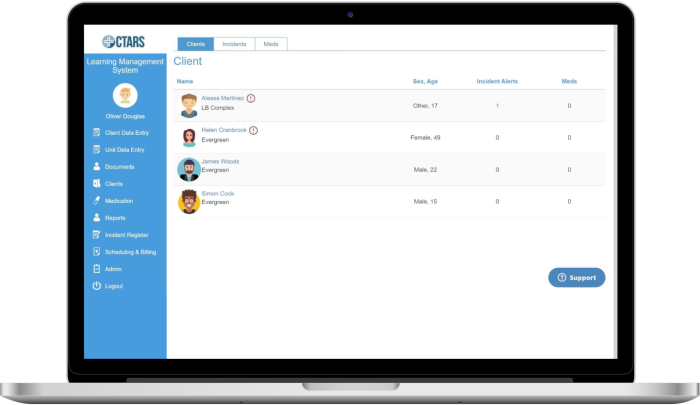The National Disability Insurance Scheme (NDIS) is a disability support program funded by the Australian government to empower people with disabilities with greater choices and control over the support and services they need so they can live a better quality of life. With 592,059 participants supported by the scheme already, the NDIS Commission has set out clear compliance requirements to maintain a high standard of care. In this guide, we’ll take a look at the role of NDIS software and how it works in the context of compliance and operational management.
Goals and objectives of the NDIS
The NDIS represents a transformative shift in the way people with disabilities are supported, moving from a fragmented approach to a people-centered program aimed to promote independence, social inclusion and greater participation in the community for people with disabilities. Aligned with mainstream services such as health, education and employment, the NDIS aims to help ensure that people with disabilities have more dignity and equal access to services and opportunities in Australia.
The disability sector is heavily regulated to ensure people with disabilities get the care and support they need without getting taken advantage of. To do this, the NDIS has laid down guidelines and compliance requirements that NDIS providers need to adhere to. An NDIS software platform can make a huge difference by simplifying business processes and allowing providers to remain compliant with standards without compromising on their quality of care.
What is the purpose of NDIS software?
NDIS provider software is used to facilitate the administration and management of the NDIS program. While different software providers may have different features and integrations, the overall objective is to enable NDIS providers to offer a more efficient and compliant service to support participants and manage funding and resources more effectively. The intention is to help providers reduce the risk of common, non-compliant mistakes with funding and operations.
Key features of NDIS software

A comprehensive NDIS software solution simplifies the workload of NDIS providers, freeing up their time to focus on the things that matter, such as enhanced care. Some of the key features your NDIS software should have included:
Client management
A client management module gives the provider a centralised platform to store all participant information. This involves capturing crucial information and medical records, but could also include more personalised data such as care plans, likes, dislikes, goals and objectives so the care and support provided can be tailored to their needs. Having this information available at the click of a button can help providers not only comply with NDIS guidelines, but also transform their reputation as a client-centered organisation. This is why client record management is essential.
Medication management
Administering the right medicine at the right time and dosage can be subject to human error. A software that automates the process reminds staff when medication is due and what dosages are required, minimising many risks and ensuring participants are given a high standard of care.
Shift management
One of the hardest things for NDIS businesses to do is to effectively manage shifts and rosters due to the sheer diversity of services they may provide. An automated system takes care of all the headaches while integrating it into your overall business practices for a centralised view of all your business operations.
Incident management and reporting
Reporting incidents is mandatory under NDIS guidelines and registered NDIS providers must have an incident management system in place. Reportable incidents include death, serious injury, abuse or neglect, sexual abuse and unauthorised use of restrictive practices among others.
Reporting
Reporting is one of the key benefits of good care management software. It should ideally have strong reporting functionality aligned with the compliance requirements of the NDIS policies and guidelines. The software should have the capability to track participant outcomes and measure the effectiveness of supports to identify what is working and areas that need improvement.
Record keeping
Keeping full and accurate records is another requirement for registered NDIS providers. Records such as care plans, payslips, invoices, communication and more should be properly stored in case they are required during an NDIS audit. Failure to do so may result in a provider failing to keep up with auditing requirements with far-reaching consequences. In-built or customised forms can make it easier for NDIS providers to store records for compliance purposes.
Billing and invoicing
An automated billing and invoicing function makes sending and receiving payments for the business easier. It also ensures greater accuracy and a lesser margin for error, making it easier to crunch the numbers when it comes to tax time or during audits.
Plan management and support coordination
Every participant should ideally have a good support and care plan in place so providers can deliver the quality of care they need.
Enhanced security and functionality
Like any software, security and functionality are major priorities. The software programs should not only be user-friendly but also on secure servers to reduce the risk of IT security issues.
Integrations and interopability
Apart from in-house functionality, a flexible software program is able to integrate with other software to deliver a comprehensive solution for your NDIS business needs.
Importance and relevance of NDIS software in the disability sector
A good NDIS software will help providers streamline their processes and operations, saving them time and money. Investing in the right technology gives providers the tools they need to improve quality of care. Providers, healthcare professionals, therapists, plan managers and support coordinators can collaborate and communicate efficiently on patient care, ensuring that the required support is delivered as effectively as possible.
Software also helps manage funding and finances, making it easier to track budgets and expenses. This ensures that funds are appropriately allocated and utilised to ensure the highest standard of care for participants.
What challenges do NDIS providers face with NDIS software?
One of the biggest challenges may be the cost of implementation. Upfront costs, implementation costs and licenses can pose challenges for providers with limited budgets. But the hefty cost of non-compliance could significantly damage the business.
Other challenges may involve learning new systems, integrations with other software programs, customisation and flexibility, regulatory compliance and training. While these challenges exist, the benefits of using NDIS software far outweigh the issues. The best way to overcome these challenges is to choose a provider who will work with you to optimise the software and resolve any issues you face quickly and effectively.
How to choose the right NDIS software

Choosing the right software requires careful consideration of your business needs based on the supports and services you provide so that you can provide the quality of care your participants deserve – helping them live a more independent life.
It should also comply with NDIS guidelines through reporting, records keeping and documentation. Ideally, you’d also want local Australian support so your questions can be quickly answered for a quick resolution.
Providers who want to improve efficiency in client care, funding, compliance, reporting and patient outcomes will benefit from a comprehensive NDIS client management system such as CTARS for their business.
Find out how our software works and get your free demo.








